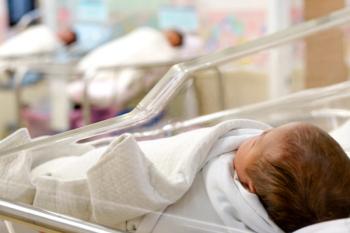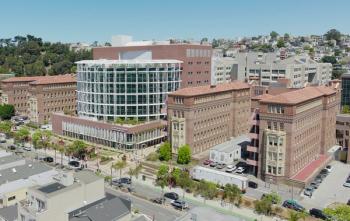
All of Us Launches Public Data Browser on Its 1-Year Anniversary
The browser could give insight to participants and researchers about the data that are being collected.
The All of Us research program was conceptualized one year ago today with the ultimate goal of accelerating research and improving health. On the program’s one year anniversary, All of Us has launched its Public Data browser to give researchers and participants a better idea of the data that were gathered.
All of Us launched the beta version of its Public Data browser today, which provides views of the publicly available participant data, including surveys, electronic health record (EHR) data and physical measurements of participants. Individuals whose data are available give consent to the data that are visible in the browser. The browser contains data from more than 187,000 participants, more than 80,000 EHRs and more than 132,000 biosamples.
The transparency of the browser aims to give participants the opportunity to see who makes up the cohort of collected data. Researchers will also be able to better understand the characteristics of the participant population, explore the data types available and plan research questions, Dishman said during the Facebook broadcast.
The All of Us program aims to serve as a national research hub to inform thousands of studies covering a variety of health conditions. The resource gathers data from underserved populations that are not well-represented in studies.
One year after its launch, and Eric Dishman, director of All of Us, said in
“It is our belief that with more precise and diverse data, we can enable research that can help build a future where health disparities are reduced, and entire communities who for so long have been underrepresented can be empowered,” Stephanie Devaney, deputy director of the All of Us research program,
Participants completed more than 500,000 surveys in the first year of All of Us. So far, the program has collected 3.5 million biospecimens and more than 85,000 EHRs.
These data are being brought together to make a national resource to help researchers and scientists speed up their innovations to bring possible solutions to the table more quickly. Researchers can use data from the program to learn more about how differences in lifestyle, environment and biological makeup can influence health and disease.
“It is this fact that makes us most proud today,” said Devaney.
While the program is still in its early stages, leaders hope to accrue data from more than 1 million people.
Get the best insights inside digital health
Related








































